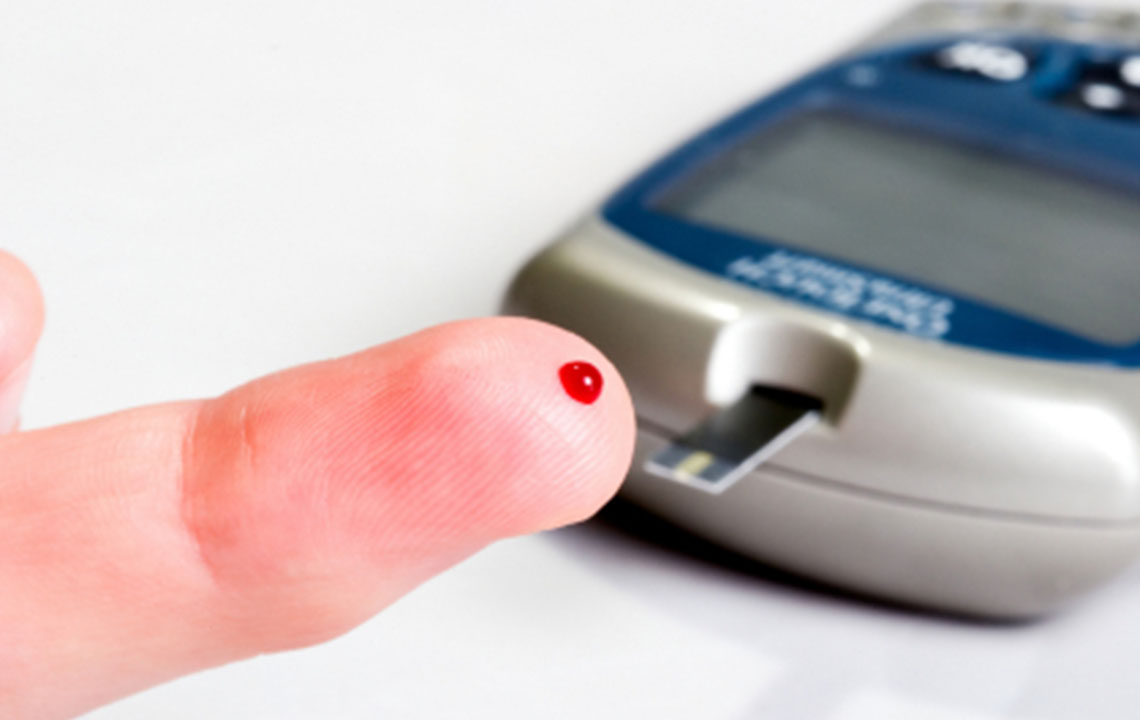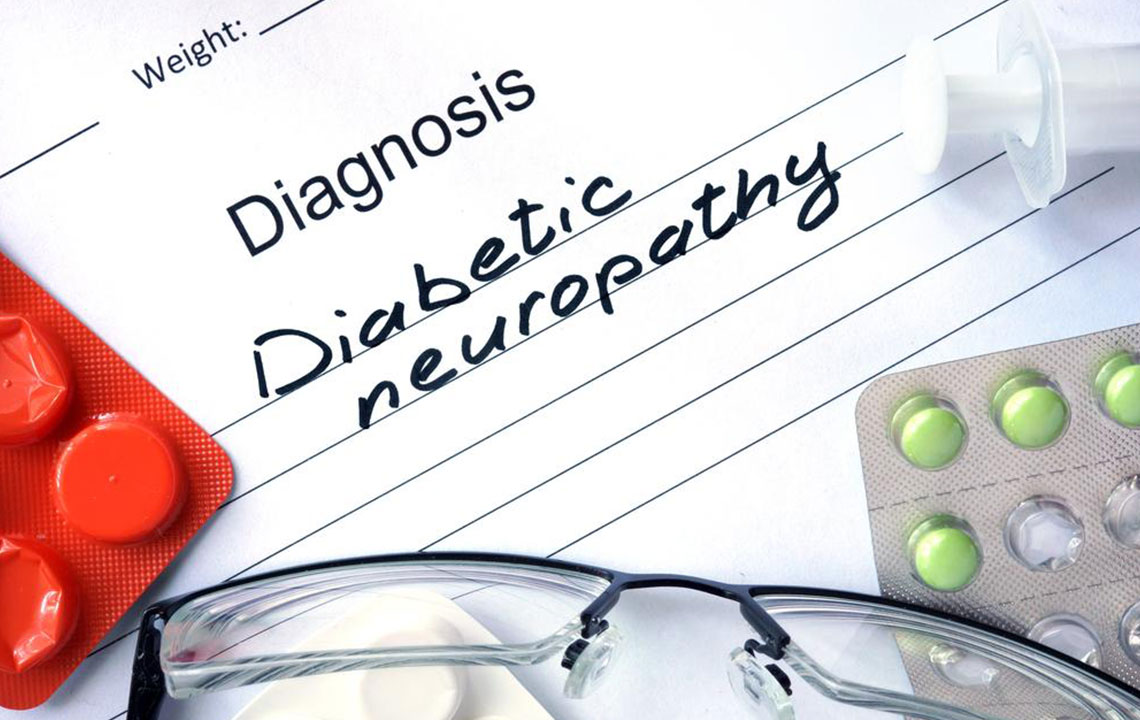Effective Strategies to Alleviate Diabetes-Related Leg Discomfort
Discover practical strategies to manage leg pain caused by diabetes. This guide highlights lifestyle modifications, risk factors, and medical tips to improve comfort and quality of life for diabetic patients experiencing neuropathy-related discomfort.

Effective Strategies to Alleviate Diabetes-Related Leg Discomfort
Diabetes is a growing global health challenge, affecting millions worldwide. Individuals with diabetes often experience leg pain, primarily due to diabetic neuropathy, which can significantly impact quality of life. Managing this discomfort requires a combination of medical treatment and lifestyle adjustments. Factors like persistent high blood sugar, vitamin deficiencies, autoimmune conditions, infections, and repetitive activities can increase the risk of neuropathy. Symptoms such as numbness, tingling, muscle weakness, and leg pain are common as the disease progresses.
Explore effective methods to manage diabetic leg pain and improve comfort.
What contributes to diabetic neuropathy?
Uncontrolled blood sugar levels are the primary cause, but other factors include vitamin shortages, alcohol use, autoimmune illnesses, infections like shingles or Lyme disease, and repetitive motions. Early signs include tingling or numbness in the hands or feet, which can progress to involve all limbs, often accompanied by weakness and pain.
How to reduce diabetic leg pain?
Sound medical advice combined with lifestyle changes can significantly ease leg pain caused by diabetes. Key approaches include:
Controlling blood sugar, blood pressure, and cholesterol - Maintaining these levels helps prevent or lessen leg discomfort and related complications.
Engaging in regular physical activity and weight management - Exercise enhances blood circulation, helps regulate blood sugar, and supports heart health.
Following a balanced diet - Consuming vegetables, whole grains, and fruits aids in weight control and overall health. Portion control is essential.
Incorporating relaxation practices - Techniques such as massage and yoga can reduce stress and improve well-being.
Quitting smoking - Smoking increases risks of cardiovascular issues and worsens neuropathic pain; quitting is crucial.
While medications may be prescribed for pain relief, consulting a healthcare provider before starting any treatment is recommended for safety and effectiveness.
Note:
Information presented here aims to provide helpful insights into managing diabetic leg pain. It is not a substitute for professional medical advice. Always seek personalized guidance from healthcare professionals. The website disclaims responsibility for variations in data or regional availability of treatments and schemes.










